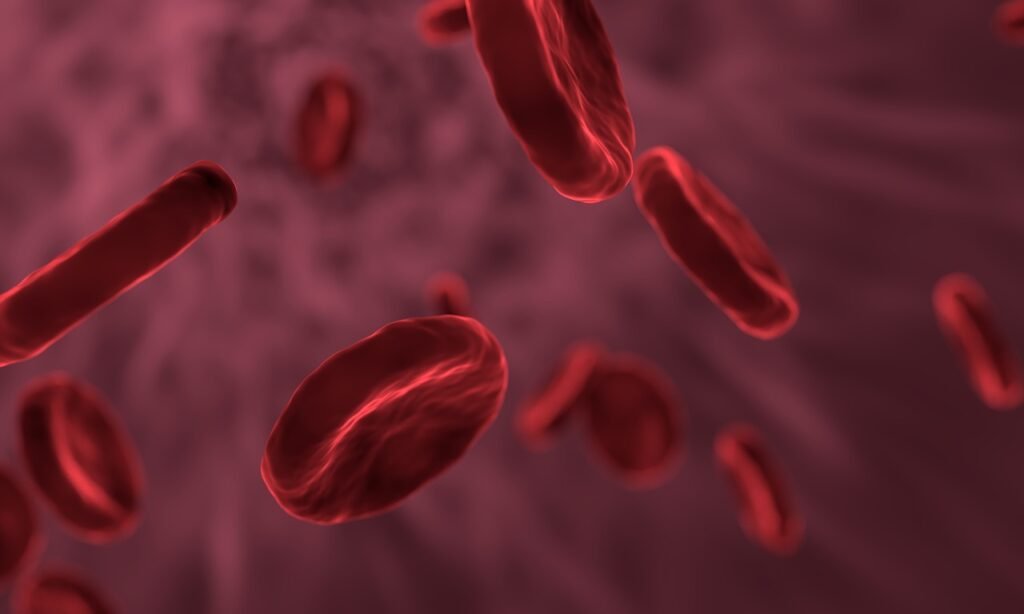Table of Contents
ToggleGamma Glutamyl Transferase
Index
What is Gamma Glutamyl Transferase?
Why is Gamma Glutamyl Transferase (GGT) Test Done?
What Should the Gamma Glutamyl Transferase (GGT) Value Be?
What is Gamma Glutamyl Transferase Height?
How to Lower Gamma Glutamyl Transferase (GGT) Level?
Gamma Glutamyl Transferase High Results
Blood tests are among the most commonly used diagnostic methods in health screenings. Blood tests are definitely included in the researches done to people with symptoms of the disease and in routine health checks. If you have had a series of blood tests for any reason, one of the values you can see in your list of results is the parameter called “GGT”. The enzyme called “Gamma Glutamyl Transferase” or shortly “GGT” is also frequently investigated, especially in blood tests where liver function tests are applied. Although it is mostly associated with the liver, an increased level of GGT can also be seen in health problems related to the gallbladder and pancreatic organs. The high level of GGT enzyme in the blood, which is expected to be present in a very low amount in the blood of healthy individuals under normal conditions, is a condition that must be investigated.
What is Gamma Glutamyl Transferase?
The question of what is gamma glutamyl transferase GGT is wondered by many patients looking at the laboratory results. GGT is a type of enzyme that can also be called gamma glutamyl transpeptidase and is mainly located in the liver. However, it also takes place in different organs of the body, albeit in smaller amounts. There are many types of enzymes in the human body and they act as catalysts in the functioning of the body’s natural processes, helping to carry out daily functions. GGT, which is one of these enzymes, takes place inside the cells under natural conditions. When cell damage occurs for any reason, the enzyme goes out of the cell and as a result, an increase in the enzyme level in the blood can be observed. Since the liver is the organ where GGT is heavily involved, liver diseases usually form the underlying cause of GGT elevation. However, damage to the gallbladder, pancreas or various different organs can also bring about high GGT.

Why is Gamma Glutamyl Transferase (GGT) Test Done?
The gamma glutamyl transferase (GGT) test is among a series of blood tests commonly used to investigate liver and gallbladder diseases. Therefore, the question of what is GGT can be answered as a liver enzyme. It is expected that the level of GGT in the blood will increase in damage and diseases related to the liver and gallbladder. GGT is the enzyme that is expected to rise first, especially in obstruction and stenosis of the bile ducts. Therefore, one of the most sensitive blood tests in the diagnosis of bile problems can be considered as GGT. However, any liver problem can also cause an increase in the GGT enzyme. Therefore, GGT elevation alone cannot specifically indicate a health problem. The levels of different enzyme tests such as ALP, ALT, AST, LDH should also be measured and the findings obtained from these should be evaluated together. Common answers to the question of why the GGT test is done in general include:
Diagnosis of liver diseases
Investigation of obstruction in the bile ducts
Investigation of whether liver damage is caused by liver diseases or bone disorders
Studies on alcohol use or the course of alcohol addiction treatments
Investigation of the efficacy or side effects of some drugs used
Screening for the cause of problems such as loss of appetite, weakness, burnout, light-colored defecation, skin itching problem, dark-colored urine, abdominal pain, abdominal swelling, jaundice, nausea and vomiting
The GGT test is performed as a simple blood test and the level of many different liver enzymes can be measured with a single tube of blood sample. However, when blood count (hemogram) or different blood tests are required, more than one tube of blood sample will be taken and all your scans will be performed together.
What Should the Gamma Glutamyl Transferase (GGT) Value Be?
The expected value range of gamma glutamyl transferase enzyme in blood may differ according to age and gender. Although the reference range may vary according to the procedures of the laboratory where the test is performed, it can be stated that the GGT reference value is 0-45 U/L for adult women and 0-65 U/L for adult men. As it can be understood from here, there is no such thing as low GGT. Since almost all of the enzyme is located in the cell in healthy individuals under normal conditions, it is quite natural and healthy not to find the enzyme in the blood. However, considering the self-renewal of cells and the ability of the liver to repair and renew itself at a certain level, it may be considered normal for some GGT enzyme to be released into the bloodstream. However, the GGT enzyme, which is found to be above the reference values above, should be investigated as it indicates liver and gallbladder damage.
What is Gamma Glutamyl Transferase Height?
The GGT level that exceeds 45 U/L in adult women and 65 U/L in men is called GGT elevation. Since there may be more than one cause of this condition, it is not possible to diagnose any disease by looking at the GGT level alone. In the case of alcohol use within the 24 hours before the test, the GGT level may be high accordingly. Therefore, care should be taken not to drink alcohol in the 24-hour period before a GGT test or a liver function test in general. Although liver and bile diseases are common causes of GGT elevation, drugs used in some cases, heavy alcohol intake or different diseases can change the level of the enzyme. For this reason, taking a detailed medical history in patients is a prerequisite for the evaluation of GGT level. After that, by looking at the levels of other liver enzymes, the reason for the increase in the enzyme can be commented on. The most common reasons for increased gamma glutamyl transferase can be listed as follows:
Acute or chronic liver inflammation (hepatitis)
Alcohol use
cirrhosis of the liver
Liver cysts and cancers
Fatty liver (hepatosteatosis)
Gallstones or blockages in the bile ducts
Acute or chronic pancreatitis (pancreatitis)
Diabetes (diabetes) disease
Congestive heart failure
Side effects of some drugs used (especially drug groups such as warfarin, phenobarbital and phenytoin)

How to Lower Gamma Glutamyl Transferase (GGT) Level?
The level of gamma glutamyl transferase enzyme depends on the elimination of the health problem that causes this value to rise. The results obtained at GGT height cannot directly determine the health problem in question. For this, the levels of other liver enzymes (ALT, AST, ALP, LDH, etc.) should be checked, and the diseases that the person has and the diseases he uses should be evaluated in detail. Apart from blood tests, imaging of the liver and bile ducts by using various urine tests and imaging methods such as ultrasound, magnetic resonance (MR) or computed tomography (CT) is essential for investigating possible diseases.
Gamma Glutamyl Transferase High Results
If there are conditions such as tumor formation in the liver, fatty liver or gallstones, these can be easily diagnosed with a simple ultrasound imaging. Then, when deemed necessary, further diagnostic tests such as biopsy can be applied to make a definitive diagnosis and the treatment plan can be shaped accordingly. The level of the enzyme that enters the blood circulation due to damage to the liver or bile ducts can only be reduced by stopping the damage to these organs. Therefore, the health problem that causes GGT elevation should be identified and treatment should be initiated for it. If there is an enzyme increase due to reasons such as alcohol use, fatty liver, diabetes or heart diseases, treatments should be started for them. In summary, when the problem that causes the increase in the enzyme level is detected and eliminated, the levels of GGT and other liver enzymes can be reduced to normal ranges.
If you have had a blood test and you have seen that the GGT value is high in your results, you can consult your doctor and get information about the reasons for this situation. By having the necessary diagnostic tests and scans in line with the recommendations of your doctor, you can ensure that your possible diseases are detected and treated at an early stage, and you can continue your life in a healthier way.
